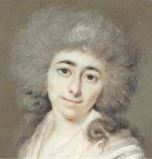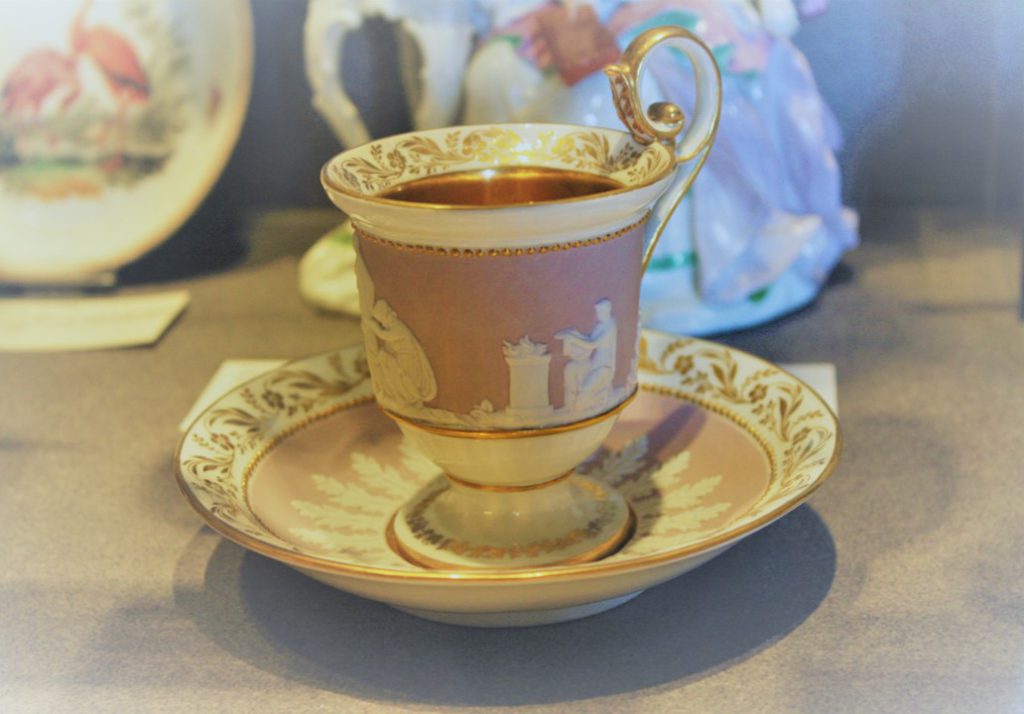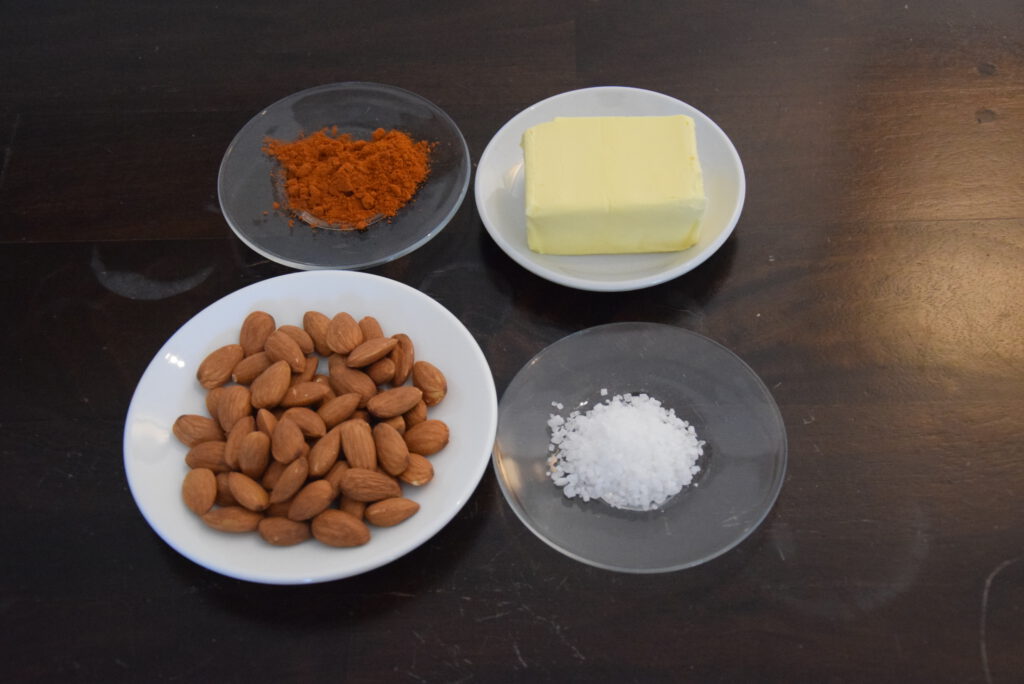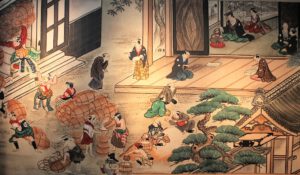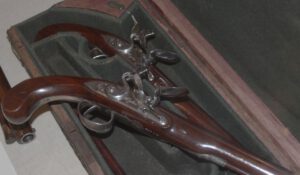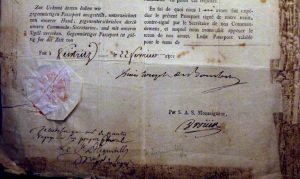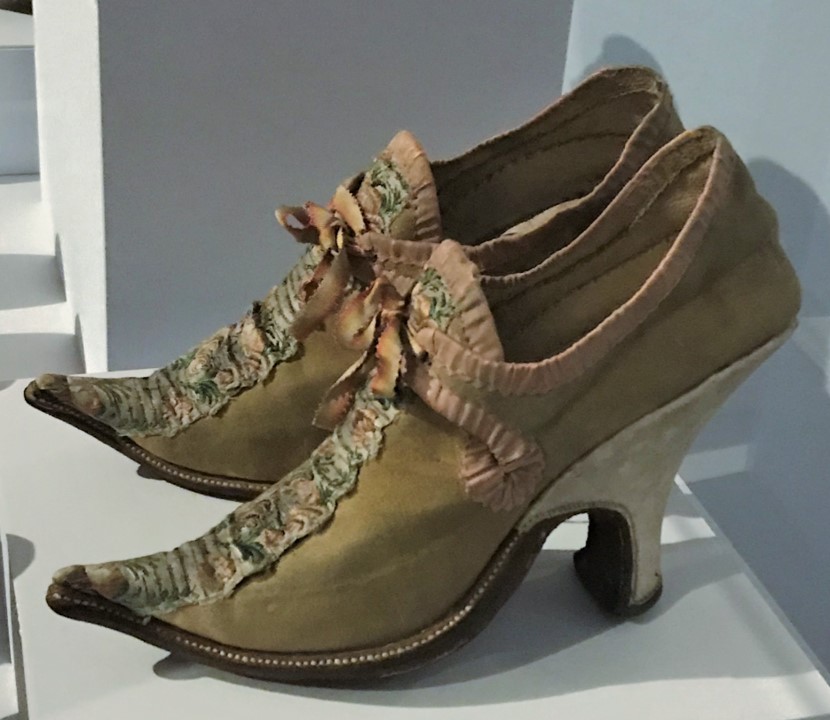How to use a dance card in the Romantic Age

For a young lady few things would be more satisfying than being a sought-after dancing partner at a glamourous ball. But if she was in constant demand, how would she keep track of the partners engaging her for the waltz or the cotillion later in the evening? And how would a gentleman secure a dance with her?
Keeping track of the gentlemen who had promised a dance in the course of the evening was done – on the Continent – with the assistance of a so called ‘carnet de bal‘ (a dance card). A gentleman would ask a lady to write down his name on the card a for a specific dance. These small and often precious carnets de bal were very popular in France and Austria throughout the 18th century.
In Britain, the dance card became fashionable at around the turn of the 18th century. The carnet de bal initially was often less elaborate than the Continental model.


